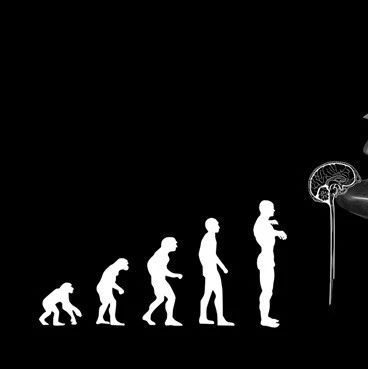腰身苗条、大腿纤细、臀部微翘是不少女孩梦寐以求的“魔鬼身材”。然而,美丽并不代表“有利”。英国专家们说,髋部、臀和大腿上的脂肪能有效减少心脏和代谢问题,有益健康。这一文章发表于最新一期《国际肥胖症杂志》。
健康卫士
研究人员说,髋部脂肪能清除体内有害脂肪酸,其所含的天然消炎成分可防止动脉阻塞,但腰部多余脂肪却没有这样的功效。
另外,髋部脂肪缓慢燃烧能够产生更多保护动脉血管的荷尔蒙――脂联素,帮助控制血液中的糖分。若这些部位脂肪快速分解,则会释放大量的细胞因子,引发炎症,反而对身体不利。
报告预测,医生将来可以利用科技手段增加髋部脂肪。这样就可以把病人体内脂肪重新分配,对抗心血管疾病和代谢疾病。
研究人员同时警告说,髋部脂肪过少可能引发严重的代谢问题,如库欣综合症。
“隐形”危害
虽然髋部和大腿脂肪过多无妨,但腰部脂肪过多带来的问题可不小。
英国制药商葛兰素史克公司一份调查报告显示,大多数人对腰部“囤积”脂肪的危害不甚了解,人们并不知道,“大腹便便”意味着内脏器官上聚集大量危险脂肪。
一名调查参与者说,相对看不到也感觉不到的内脏脂肪,人们过多重视体重和体脂指数。报告的主要作者特里马圭尔博士说,正是那些包裹内脏器官的脂肪可能增加人们患糖尿病和心脏病的风险。
调查人员说,腹部脂肪过多可能释放某种蛋白质或激素,导致炎症,从而伤害血管并影响身体分解糖与脂肪。
多多益善
援引牛津大学首席研究员康斯坦丁诺斯马诺洛普洛斯博士的话报道:“问题的关键在于脂肪堆积在哪儿。髋部和大腿周围脂肪对人体健康更有好处,腰上的脂肪却不好。”
马诺洛普洛斯说,理想状况下,只要保持腰部苗条,大腿上的脂肪越多越好。然而现实情况是,它们总是‘一增俱增’。
英国心脏病基金会福蒂姆罗扎基斯说:“这项研究帮助我们更好地了解脂肪如何在体内发挥作用,以便找到新方法防治心脏病和心脉血管疾病。如果你超重、肥胖或腰围不断增加,那么是时候改变生活方式了。健康饮食和规律的运动都会减少出现心脏问题的几率。”
推荐原始出处:
International Journal of Obesity 12 January 2010;doi: 10.1038/ijo.2009.286
Gluteofemoral body fat as a determinant of metabolic health
K N Manolopoulos1, F Karpe1,2 and K N Frayn1
1Oxford Centre for Diabetes, Endocrinology and Metabolism, University of Oxford, Oxford, UK
2NIHR Oxford Biomedical Research Centre, ORH Trust, OCDEM, Churchill Hospital, Oxford, UK
Body fat distribution is an important metabolic and cardiovascular risk factor, because the proportion of abdominal to gluteofemoral body fat correlates with obesity-associated diseases and mortality. Here, we review the evidence and possible mechanisms that support a specific protective role of gluteofemoral body fat. Population studies show that an increased gluteofemoral fat mass is independently associated with a protective lipid and glucose profile, as well as a decrease in cardiovascular and metabolic risk. Studies of adipose tissue physiology in vitro and in vivo confirm distinct properties of the gluteofemoral fat depot with regards to lipolysis and fatty acid uptake: in day-to-day metabolism it appears to be more passive than the abdominal depot and it exerts its protective properties by long-term fatty acid storage. Further, a beneficial adipokine profile is associated with gluteofemoral fat. Leptin and adiponectin levels are positively associated with gluteofemoral fat while the level of inflammatory cytokines is negatively associated. Finally, loss of gluteofemoral fat, as observed in Cushing's syndrome and lipodystrophy is associated with an increased metabolic and cardiovascular risk. This underlines gluteofemoral fat's role as a determinant of health by the long-term entrapment of excess fatty acids, thus protecting from the adverse effects associated with ectopic fat deposition.







